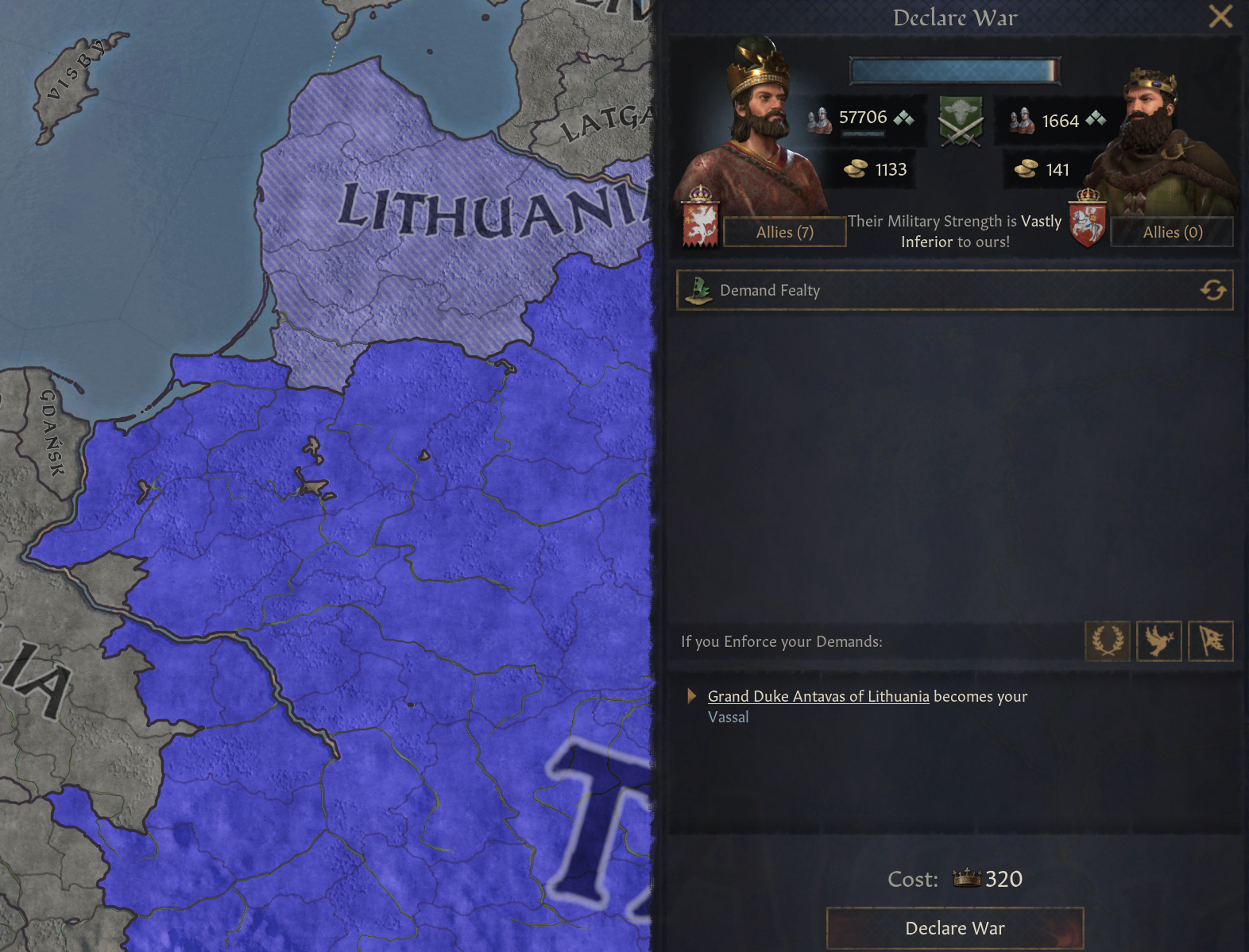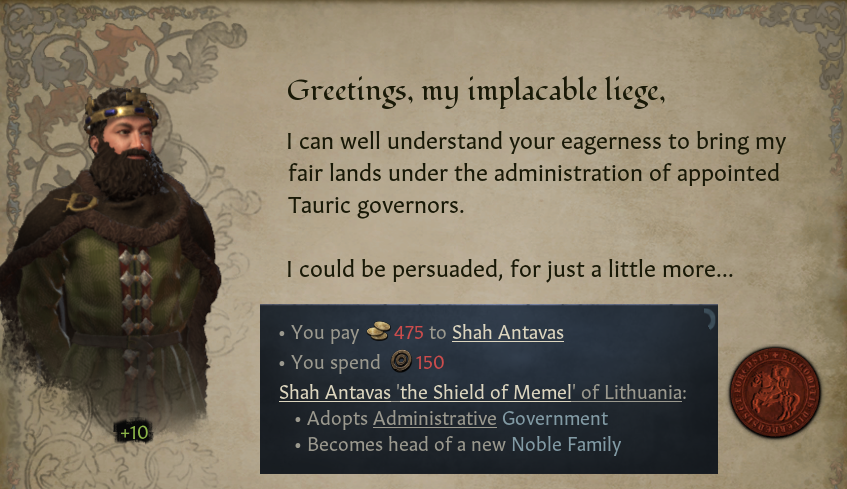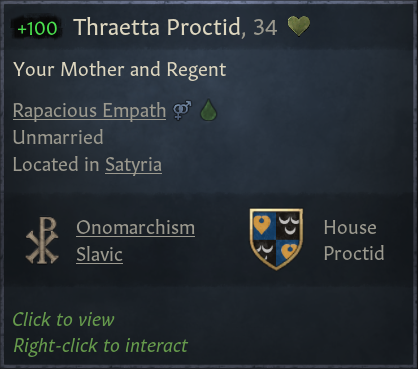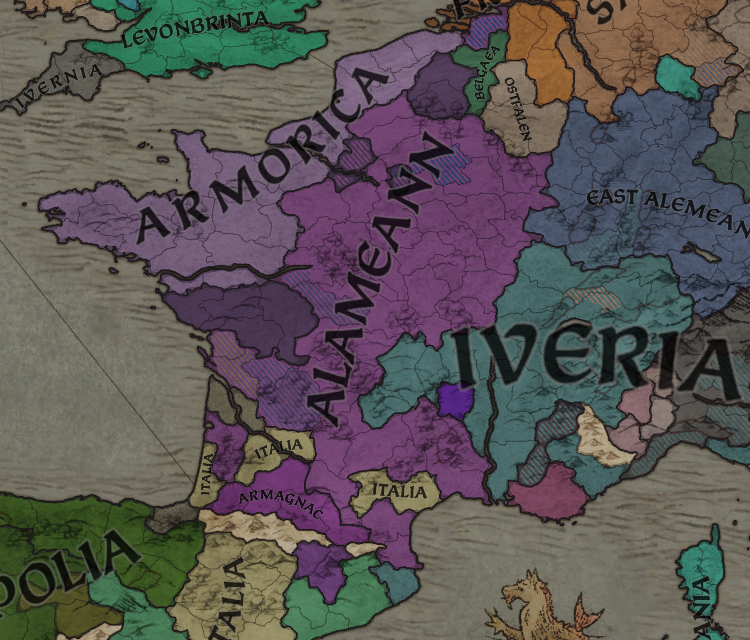Well, good reign, but I wonder if Taurica might be overextending itself a bit. And the Turkic peoples are still a thorn in their side.
Because I find it interesting, here's the most common names of the Taurican monarchs:
I: Archaeanax, Paerisades, Eumelos, Thrasykles, Droppidas, Pantordanos, Memnon, Hegemachos, Antialkidas, Sotas, Niketes, Erigyios, Taurion
II: Leukon, Gorgippos, Akrotatos, Sosthenes, Aratos, Kassandros, Antiochos, Molon
III: Dikaios, Antigonos, Onomarchos, Theophilos, Alexandros, Theodoros
IV: Artemidoros, Tauriskos, Hyrcanos, Prytanis, Hieronymos
V: Kephisodoros, Satyros
VI: Spartokos, Kephisodotos, Theodotos
Interestingly, we've yet to have had a VII.
Because I find it interesting, here's the most common names of the Taurican monarchs:
I: Archaeanax, Paerisades, Eumelos, Thrasykles, Droppidas, Pantordanos, Memnon, Hegemachos, Antialkidas, Sotas, Niketes, Erigyios, Taurion
II: Leukon, Gorgippos, Akrotatos, Sosthenes, Aratos, Kassandros, Antiochos, Molon
III: Dikaios, Antigonos, Onomarchos, Theophilos, Alexandros, Theodoros
IV: Artemidoros, Tauriskos, Hyrcanos, Prytanis, Hieronymos
V: Kephisodoros, Satyros
VI: Spartokos, Kephisodotos, Theodotos
Interestingly, we've yet to have had a VII.
- 2






























































































